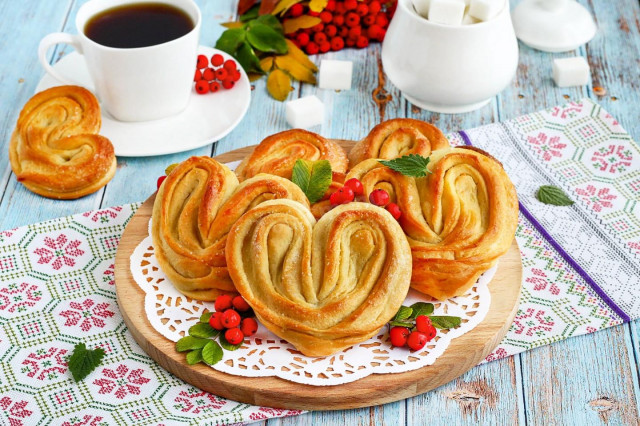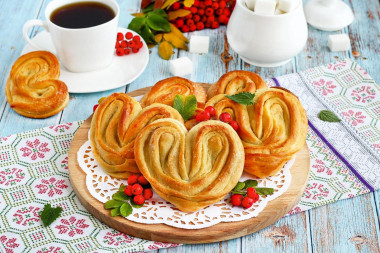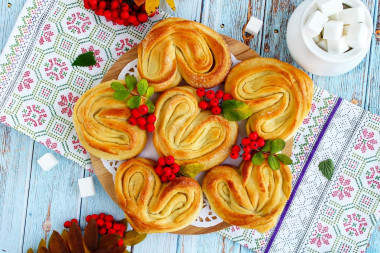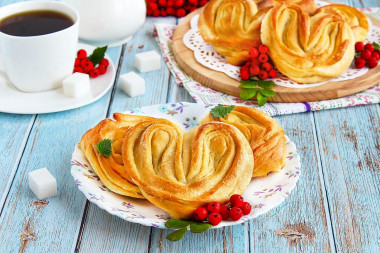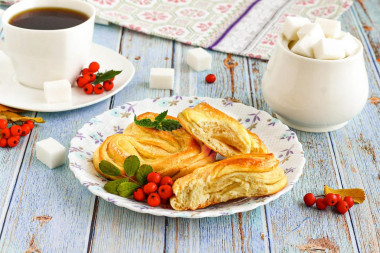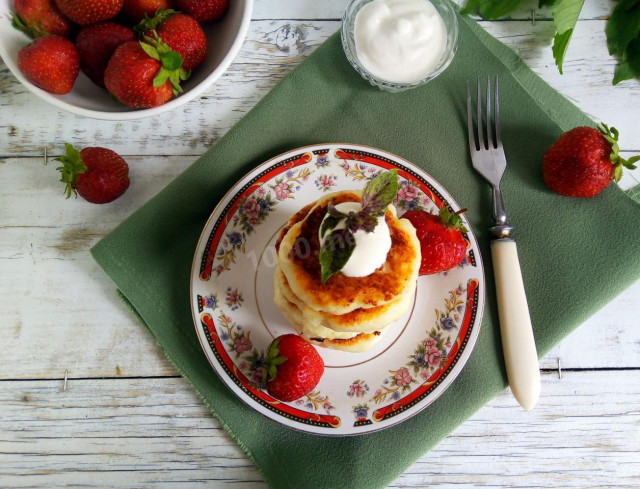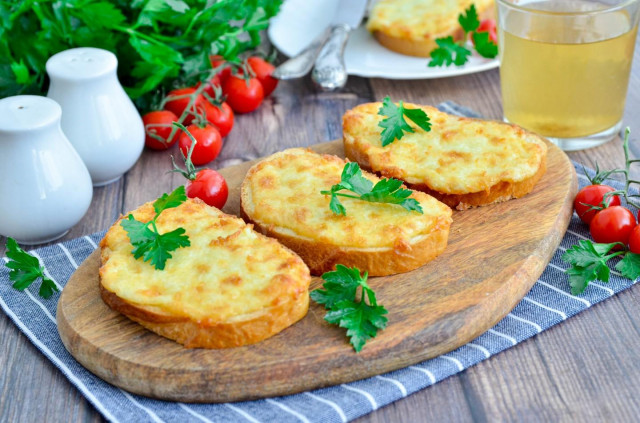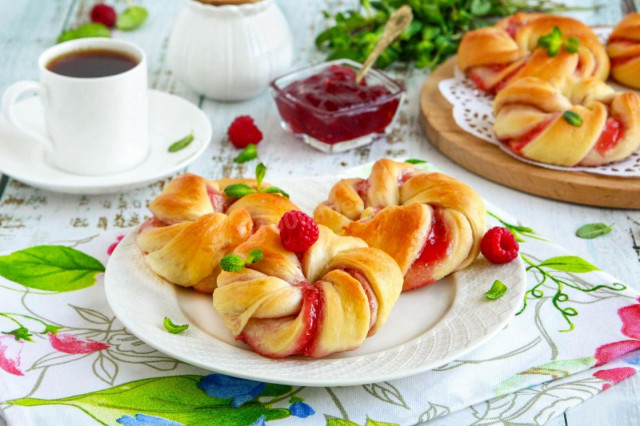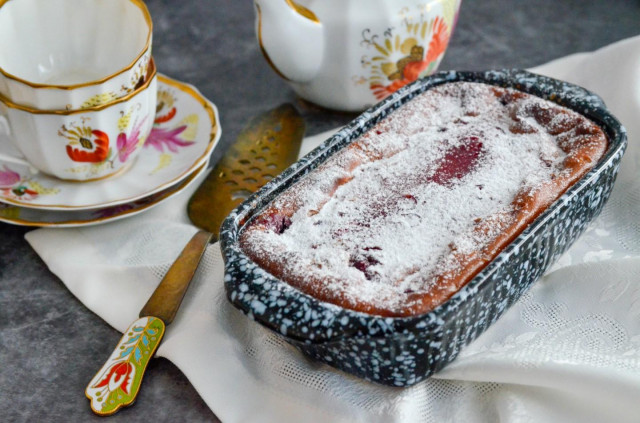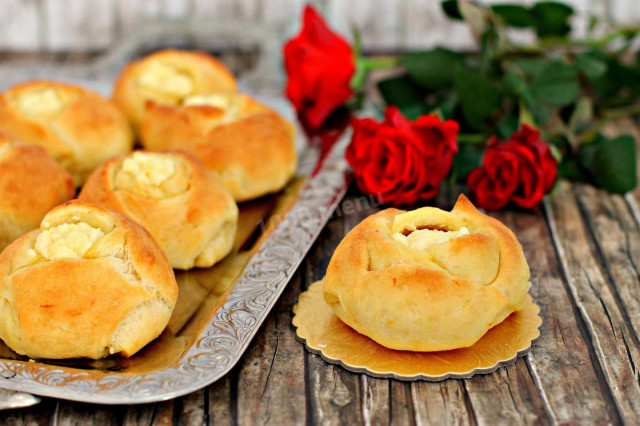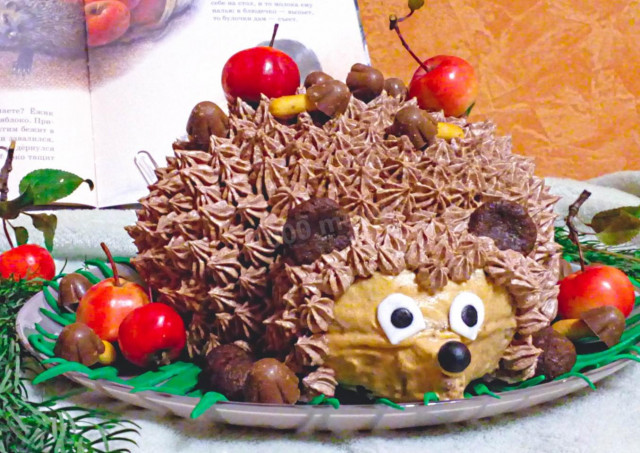Composition / ingredients
Step-by-step cooking
Step 1:
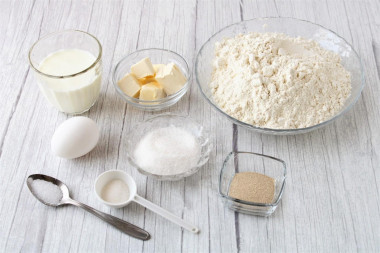
How to make Sweet Buns Hearts with Sugar? Measure out the necessary ingredients for the dough. Take wheat flour of the highest grade. This is the best option for a rich yeast dough. Heat the milk slightly.
Step 2:
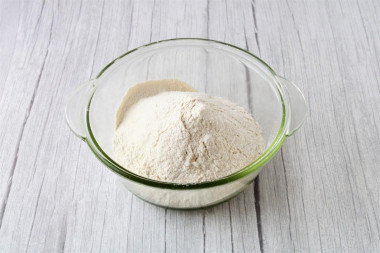
In a wide bowl with high sides, sift the flour so that it is saturated with oxygen. This will help the dough rise better, and the baking will turn out lush.
Step 3:
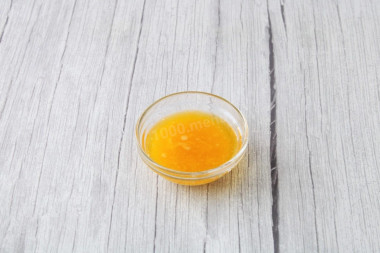
Melt the butter on the stove over low heat or in the microwave. Cool the oil a little, it should not be hot.
Step 4:
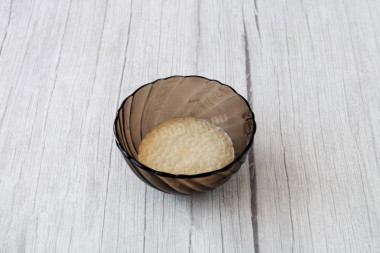
In a small bowl, activate the yeast. To do this, combine yeast, 1 tsp sugar and about half of lukewarm milk. Mix everything and leave for 10 minutes at room temperature. A foam cap will appear on the surface.
Step 5:
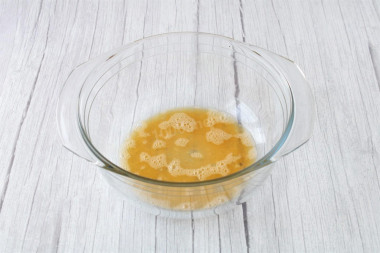
To prepare the dough, take a volumetric dish, taking into account that the dough will rise. Lightly beat the egg with sugar, salt and vanilla sugar.
Step 6:
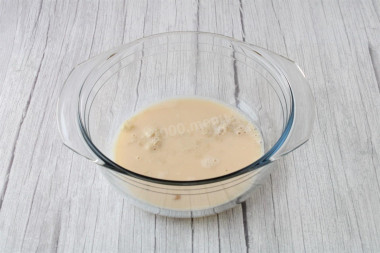
Pour in the remaining milk and activated yeast, mix.
Step 7:
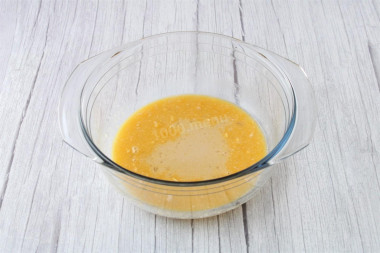
Add the melted non-hot butter, mix.
Step 8:
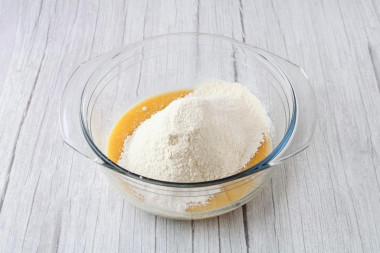
Pour about 3/4 of the sifted flour into the resulting liquid mixture. Do not pour out all the flour at once. It may need less than the specified amount. It depends on the properties and quality of the flour.
Step 9:
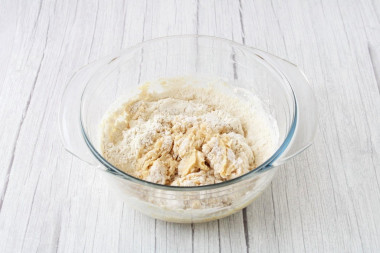
Mix everything with a spoon first.
Step 10:
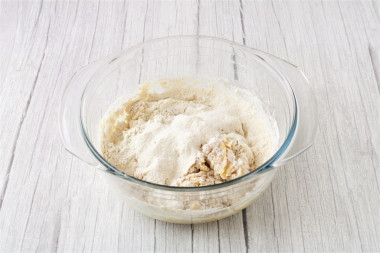
Add the remaining flour in small portions, while stirring the dough with your hands. It is very important not to add too much flour so that the dough does not turn out to be steep. Such a dough will rise for a long time and hard, and baking will not be easy and lush enough. Watch the consistency of the dough.
Step 11:
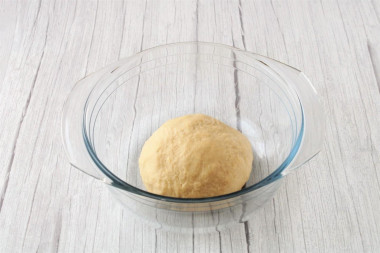
The dough should be soft, pliable, not sticky to the hands. Cover the dough with a towel or cling film and leave in a warm place to rise for 60-80 minutes.
Step 12:
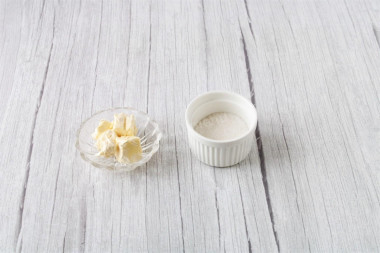
Take out the butter for the filling in advance so that it becomes soft and it can be easily spread on the dough.
Step 13:
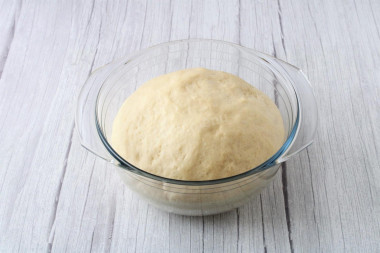
The dough should increase in volume 2-2.5 times.
Step 14:
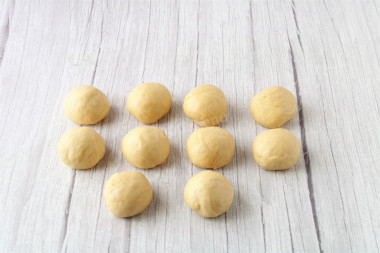
Carefully knead the dough that has come up, put it on the table, lightly greased with vegetable oil or powdered with flour. Divide the dough into equal parts, the number of which will depend on the desired size of the buns. Roll each part of the dough into a bun, cover with a towel so that it does not dry out.
Step 15:
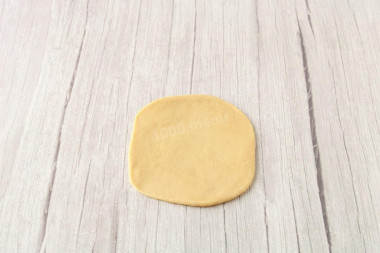
Roll out the bun into a rectangular tortilla.
Step 16:
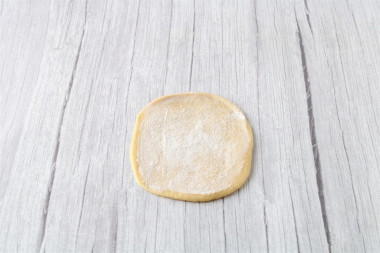
Grease the tortilla with a thin layer of butter and sprinkle sugar evenly on top.
Step 17:
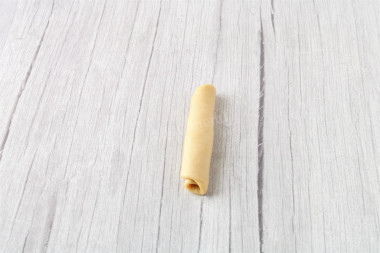
Roll the tortilla into a roll.
Step 18:
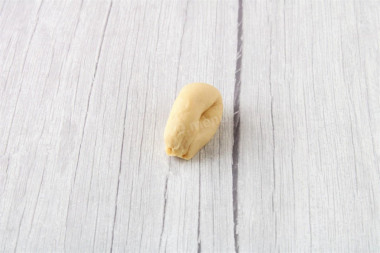
Fold the roll in half so that the seam is inside the fold. Press the ends of the roll.
Step 19:
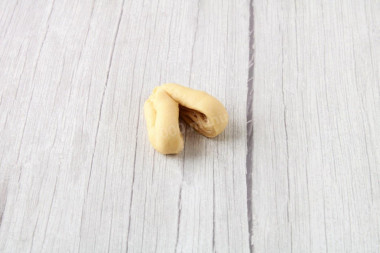
Cut the workpiece from the side opposite to the joint without cutting to the end.
Step 20:
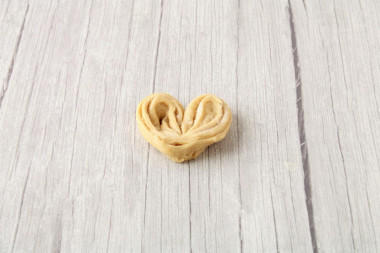
Unfold the bun with the slice up, carefully straighten the layers. Similarly, form "hearts" from the rest of the dough.
Step 21:
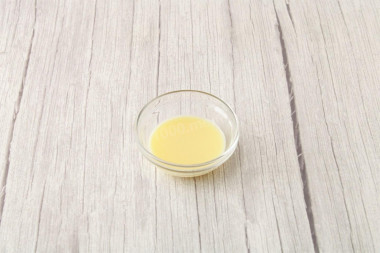
To lubricate the buns, lightly beat the yolk with milk.
Step 22:
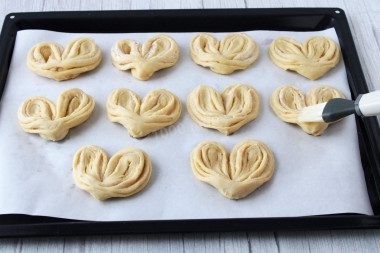
Put the "hearts" on a baking sheet covered with parchment, leaving a distance between them, taking into account that the buns will rise and increase in size during baking. Leave the buns to come up for 10-15 minutes. Then smear the "hearts" with a cooking brush with yolk.
Step 23:
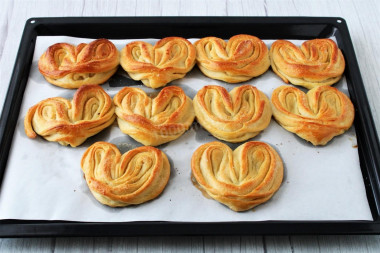
Bake the muffin in a preheated 180C oven for 20-25 minutes until golden brown. The mode and duration of baking may vary, as they depend on the specifics of the operation of a particular oven.
Step 24:
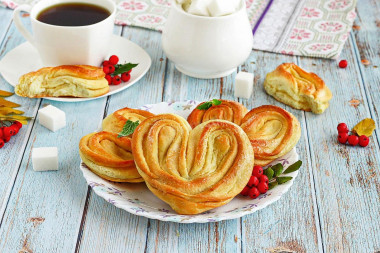
Cool the finished buns and serve them to the table. Enjoy your meal!
The liquid in which yeast is bred should be pleasant to the touch, no higher than 40 degrees. Why is this important? In a warm environment, yeast is well activated, in a hot one it will die, and in a cold one it simply will not work. To avoid unpleasant surprises, check the yeast before mixing with the rest of the ingredients. Pour a little warm milk into a bowl, stir in the yeast. Cover the bowl with a kitchen towel and put it in a warm place without drafts for 10-15 minutes. During this time, a foam yeast cap should appear on the surface of the sponge. If this did not happen, then the fermentation process has not started (the yeast is overdue or spoiled). In this case, it is worth taking other yeast, otherwise baking will not work.
Dry yeast can be replaced with fresh pressed yeast, based on the proportion of 1:3. That is, for 1 gram of dry yeast required by the recipe, you need to take 3 grams of fresh.
Keep in mind that everyone's ovens are different. The temperature and cooking time may differ from those specified in the recipe. To make any baked dish successful, use useful information about the features of ovens !
So that the oven has time to heat up to the desired temperature, turn it on in advance (10-20 minutes before the start of cooking).
Calorie content of the products possible in the dish
- Whole cow's milk - 68 kcal/100g
- Milk 3.5% fat content - 64 kcal/100g
- Milk 3.2% fat content - 60 kcal/100g
- Milk 1.5% fat content - 47 kcal/100g
- Concentrated milk 7.5% fat content - 140 kcal/100g
- Milk 2.5% fat content - 54 kcal/100g
- Chicken egg - 157 kcal/100g
- Egg white - 45 kcal/100g
- Egg powder - 542 kcal/100g
- Egg yolk - 352 kcal/100g
- Ostrich egg - 118 kcal/100g
- Pressed yeast - 109 kcal/100g
- Granulated sugar - 398 kcal/100g
- Sugar - 398 kcal/100g
- Butter 82% - 734 kcal/100g
- Amateur unsalted butter - 709 kcal/100g
- Unsalted peasant butter - 661 kcal/100g
- Peasant salted butter - 652 kcal/100g
- Melted butter - 869 kcal/100g
- Salt - 0 kcal/100g
- Wheat flour - 325 kcal/100g
- Egg yolks - 352 kcal/100g
- Vanilla sugar - 379 kcal/100g

